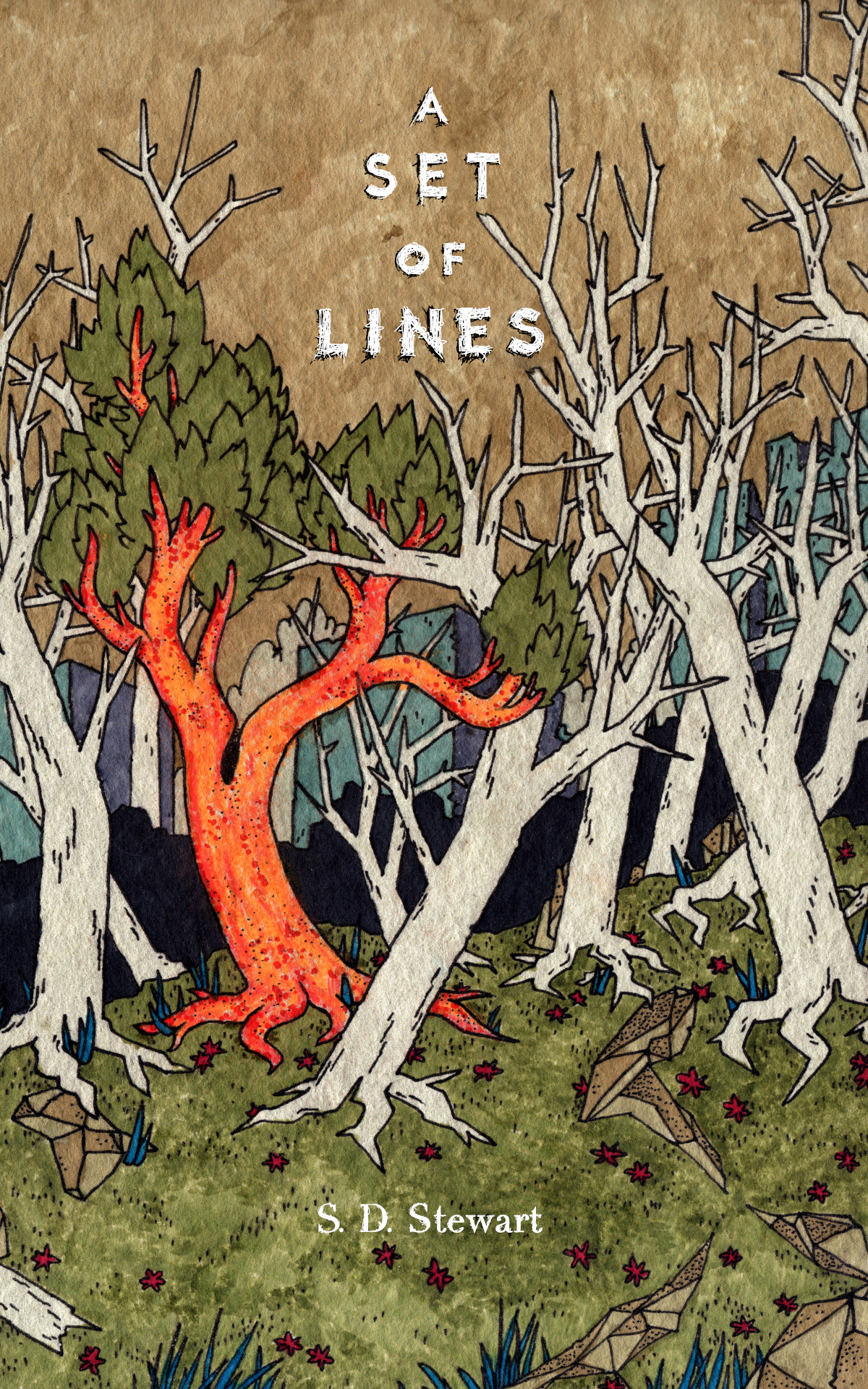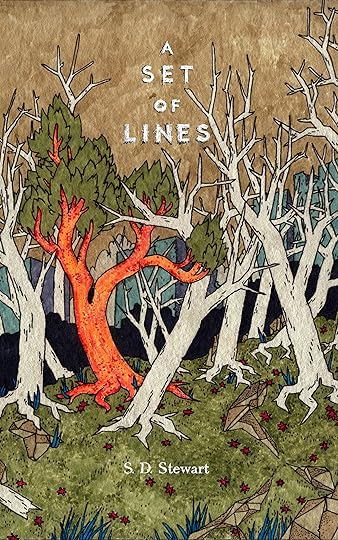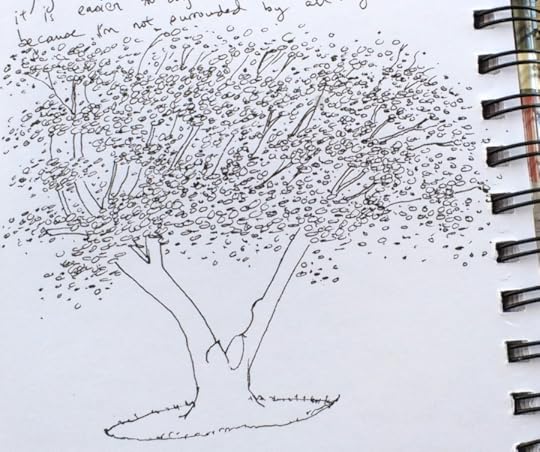What do you think?
Rate this book


260 pages, Paperback
Published May 14, 2020

No, he shook his head and ran inside, ran inside, ran inside. Yes, to the Censor, always watching, always waiting to administer the strangled comfort of redaction.An atmospheric novel that sometimes hits a little too close to home for me during the time of the 'rona, though
